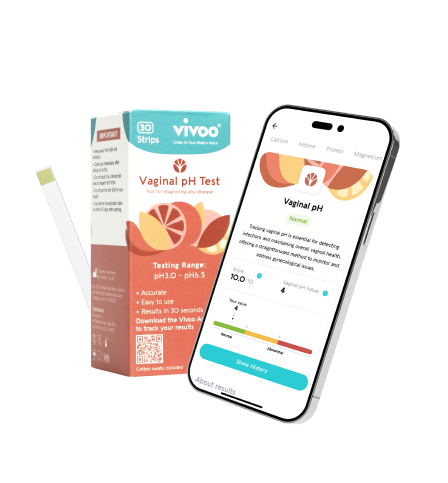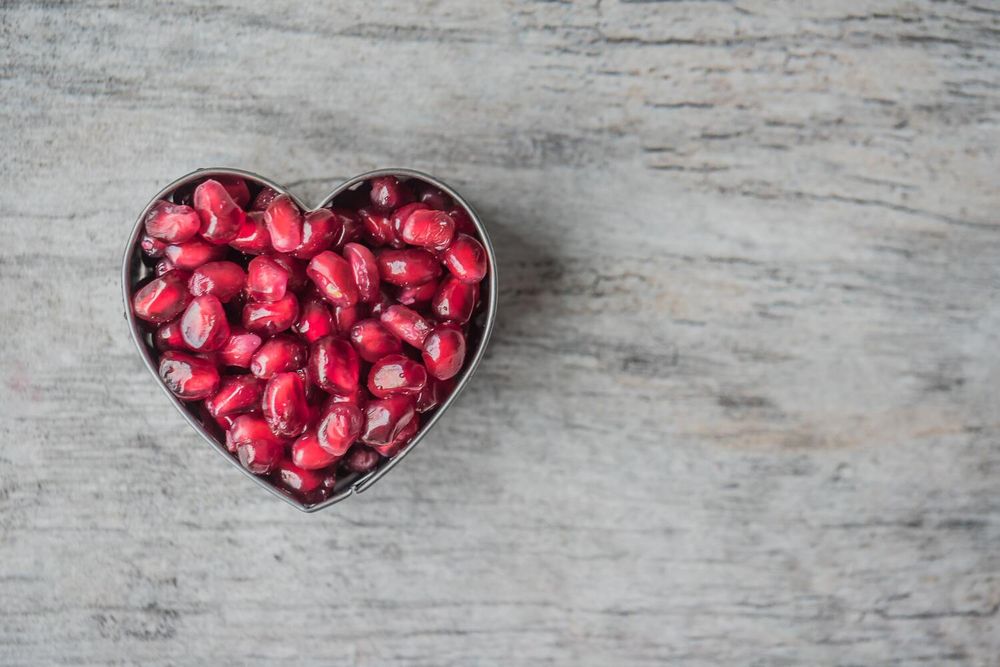In a world filled with misinformation and taboos, discussions about vaginal health often fall victim to myths and misconceptions. Addressing these misconceptions is crucial for promoting a better understanding of women's reproductive well-being.
In this enlightening blog post, we embark on a journey to debunk five common myths surrounding vaginal health. By separating fact from fiction, we aim to empower individuals with accurate knowledge, foster open conversations, and ultimately promote a healthier and more informed approach to this important aspect of overall well-being.

Myth #1: Vaginas Should Have a Fruity or Pleasant Smell
As much as we hope so, our vaginas are not designed to smell like a spring meadow or a tropical cocktail. If the vagina smells slightly sharp or a little sweaty, it is an indication that it is good and healthy. Usually, the vaginal flora maintains a balance of yeast and bacteria, but the exact vaginal odor and pH can vary.
Your vagina may smell like baker's yeast or beer because of the good bacteria found in your vaginal flora. The foods you eat and your water consumption can change your vaginal odor. Your vagina may smell a little sweet if you've eaten too much citrus fruit, and a little bit like bleach if you're dehydrated. If you are at the beginning or end of your menstrual cycle, your vagina may smell slightly metallic.
Myth #2: Semen Does Not Affect Vaginal Flora / You Usually Don't Need to See a Doctor for Yeast Infections
Vaginal flora has an acidic environment, while semen is alkaline. Semen accumulating in the vagina during unprotected intercourse may cause an imbalance of the vaginal flora and alkalinization.
As a result, infection may occur. If a strong yeasty or sugary vaginal odor is accompanied by itching, burning, or white discharge, you may have a yeast infection. Yeast infections can happen to anyone, so there's no need to panic. Just be aware of the signs and symptoms and talk to your doctor for diagnosis and treatment options. Do not act on hearsay information.
Myth #3: Your Vagina Needs Special Products for Cleaning
Our vaginas are programmed to be self-cleaning. One of the biggest mistakes is to think that douching and cleaning products clean that area. The vaginal cleaning products used can cause disruption of the balance of the flora.
Myth #4: All Vaginal Discharge is a Yeast Infection
Not all vaginal discharge means you have a yeast infection. Most women experience discharge and this is normal- most of the time. If you experience burning, itching, or a foul odor along with heavy white discharge, you may have a yeast infection. Vaginal secretions unrelated to infection may include cervical mucus produced around ovulation, a clear exudate produced by healthy vaginal tissue, and physiological secretions produced by glands in and around the vagina.
Myth #5: Clothing Choice Does Not Impact Vaginal Health
In order for your vagina to remain healthy, there must be a regular flow of air. For this, suitable underwear should be used. Underwear should be changed regularly. Cotton underwear is better for vaginal health. Hypoallergenic detergents should be used when washing underwear. Also, avoid using regular pads or daily pads.
What are the Signs of a Healthy Vagina?
The health of your vagina depends on multiple factors:
- If the flow level and color are optimal
- If the smell is normal
- No burning or itching
- No pain during sex
- Absence of pain in normal times
None of the above situations alone indicate that your vagina is healthy. If it provides all of them, we can say that your vagina is healthy.

How to Spot and Treat Vaginal Health Problems?
Taking care of your vaginal health means being attentive to any unusual signals your body may be sending. Keep an eye out for things like persistent itching, changes in the color or smell of your vaginal discharge, discomfort while urinating or during sex, or unexpected bleeding. These symptoms could be indicators of an underlying issue, such as an infection or hormonal imbalance.
If you notice any of these signs, it's important to reach out to a healthcare professional you trust. They can examine you, conduct any necessary tests, and suggest treatments that fit your specific situation. Treatment options may include medications, lifestyle adjustments, or other recommendations aimed at ensuring your vaginal health is in its best possible state.
How Can I Balance my pH Naturally?
In some cases, the vaginal pH balance may be disturbed. Some of these reasons are as follows;
- Vaginal infection (vaginitis)
- Unprotected sex
- Vaginal douche
- Aging
- Changes in the menstrual cycle
- Antibiotic use
So, how to balance vaginal pH naturally? There are many methods:
- Reduce stress
- Stopping the use of vaginal cleaning products
- Do not douche
- Use protection during sex
- Change underwear regularly and using cotton underwear
- Using boric acid suppositories
- Increasing lactobacilli intake
- Using garlic tablets (People with bleeding concerns and people using blood thinners should not use high doses of garlic tablets)
How Can I Check my pH Balance at Home?
Vaginal pH values generally vary between 3.8 and 4.5. For women who are in their reproductive period (in other words, menstruating on a regular basis), it’s common for vaginal pH to be equal to or less than 4.5. But the pH value is typically more than 4.5 for girls before they start menstruating and for women after menopause (in other words, when they are not in their reproductive period).
If you think you have a problem in your vaginal area or your pH balance is disturbed, you can use vaginal pH tests at home. The color change that occurs when you apply the swab in your vagina to the pH bar shows you your vaginal pH value.








